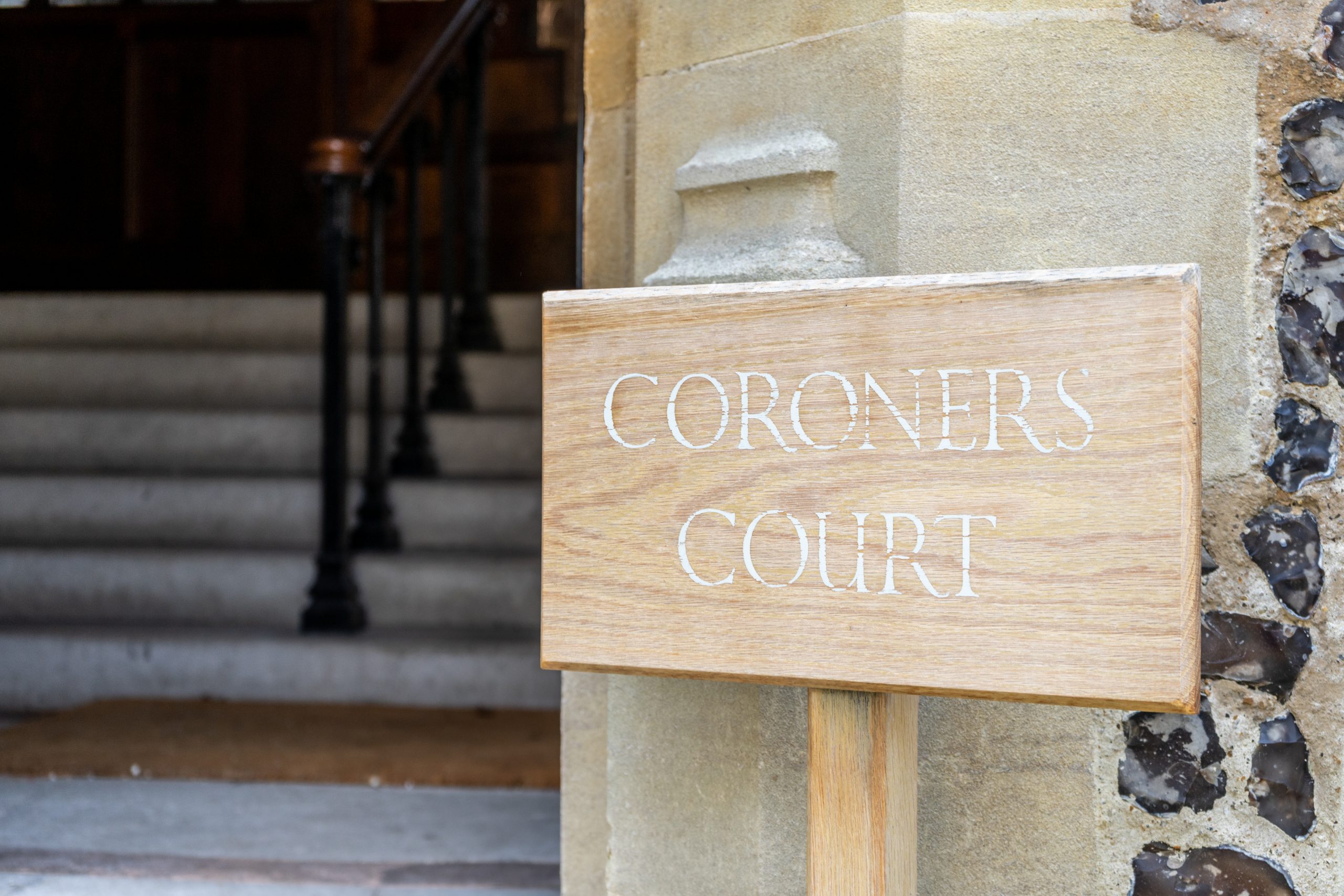Recognising the legal landscape of informed consent“ The GMC’s new guidance on Consent 2020

The landscape of informed consent in the doctor-patient relationship was fundamentally re-developed in 2015 when the Supreme Court drove a bulldozer through the Bolam principle replacing it with a new patient focused view designed on “materiality“ in Montgomery v Lanarkshire Health Board [ 2015 ] UKSC 11. The General Medical Council acted as an intervener in Montgomery case.
Some 5 years after the ground breaking decision in Montgomery, and the plethora of cases that have followed, highlighting patient autonomy over “the doctor knows best“ paternalism approach, the GMC has issued new guidance entitled ‘Decision Making and Consent’ updating its earlier guidance on consent issued in 2008. The new guidance was published on 30th September 2020, and comes into effect on 9th November 2020 and is contained in a comprehensive 44 page document.
The guidance focuses on “the importance of meaningful dialogue, personalised communication about potential benefits and harms, and how doctors can support patients to make decisions with them about treatment and care“. The guidance is relevant to every health and care decision made with each patient and is to cover “decisions about treatments, procedures, interventions, investigations, screenings, examinations and referrals“.
It highlights the need to take a proportionate approach having regard to the specific circumstances of each decision. In this context, the guidance recognises that obtaining a patient’s consent “needn’t always be a formal time-consuming process “and that “while some interventions require a patient’s signature on a form, for most healthcare decisions you can rely on a patient’s verbal consent, as long as they’ve had the opportunity to consider any relevant information and decided to go ahead“. The key is in determining the proportionality boundary.
At the core of the updated guidance are the “seven principles of decision making and consent“, and Lawrencian in their perceived wisdom, namely:
- All patients have the right to be involved in decisions about their treatment and care and be supported to make decisions if able;
- Decision making is an ongoing process focused on meaningful dialogue, the exchange of relevant information specific to the individual patient;
- All patients have the right to be listed to, and given the information they need to make a decision and the time and support that they need to understand it ;
- Doctors must try and find out what matters to patients so they can share relevant information about the benefits and harms of proposed options and reasonable alternatives, including the option to take no action;
- Doctors must start from the presumption that all adult patients have the capacity to make decisions about their treatment and care;
- The choice of treatment or care for patients who lack capacity must be of overall benefit to them, and decisions should be made in consultation with those who are close to them or advocating for them; and
- Patients whose right to consent is affected by law should be supported to be involved in the decision-making process, and to exercise choice if possible.
The genesis of the guidance finds its roots in the Montgomery decision. At the heart is the concept of meaningful dialogue.
A recent study conducted at Queen Mary University of London “The effect of the Montgomery Judgment on settled claims against the NHS due to failure to inform before giving consent to treatment“ by DS Wald, JP Bestwick and P Kelly, Quarterly Journal of Medicine 2020 Oct 1 ; 113 ( 10 ) 721-725, found that “one of the problems for the NHS is the subjectivity of determining exactly what constitutes a material risk to a patient . This may differ considerably between patients undergoing the same procedure, based on lifestyles and hobbies, which may not always be disclosed to doctors in the discussion before consent“.
It now remains to be seen whether the updated guidance highlighting the need for meaningful dialogue, and specific to the individual patient, may see a move to alleviating the obstacle highlighted in the study. Paragraphs 16 to 20 of the guidance highlight the need to find out what matters to individual patients, and is part of a whole section entitled “the dialogue leading to a decision“ , which specifies guidance to enable doctors to discover what matters to patients in order to allow them to provide the relevant and necessary information to allow them to choose between reasonable options.
From a practical perspective, the guidance at Paragraphs 37 and 38 provides for the need to make a summary of the discussion about their future care and any decisions made, including as much detail as practical about the patient’s wishes and fears, their preferences about future options for care, and their values and priorities that influence their decision making.
The discussion should be flagged and made available to the patient and others involved in their clear so that all parties are clear about what has been agreed. In doing so, the guidance provides at Paragraph 50 for the need to document in the medical notes details of the consenting process, thereby removing the lacuna of the sparseness of consenting information, which often provides the battleground of any informed consent case. It remains to be seen if it will be implemented by doctors at the coalface.
The guidance makes the very specific point that whilst consent forms can be a helpful prompt to share key information , as well as a standard way to record a decision, the filling in of a consent form is not a substitute for meaningful dialogue tailored to the individual patients’ needs.
The updated GMC Guidance therefore recognises the changes to medical practice, the change in the law of consent and the consequent change in the doctor-patient relationship that has occurred since the last guidance on consent in 2008.
The main protagonist in this, of course , has been the decision in Montgomery. The guidance makes clear what is required by Montgomery. There is no room to hide .The new landscape has been set out in comprehensive detail by the GMC, it is now for doctors to recognise and reflect on that view, if they have not already done so, following on from the Montgomery decision.
Jonathan Godfrey was Called to the Bar in 1990 and specialises in personal injury and clinical negligence.










